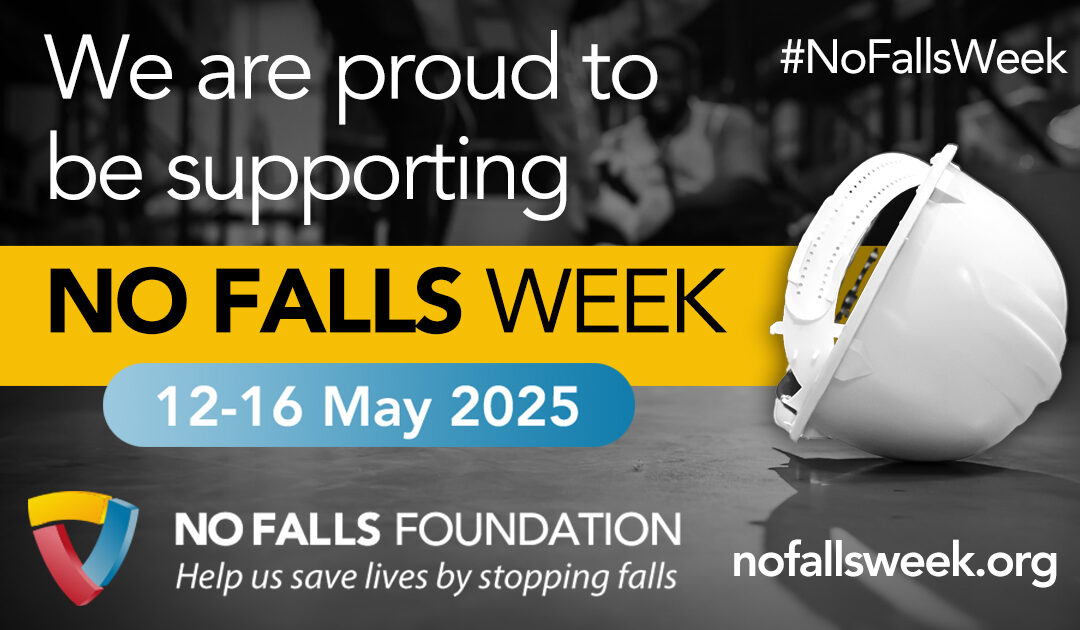
FIS Guidance: Avoiding knife-cut injuries
Commenting on the launch of the new guidance, David Cant, Chair of the FIS Health and Safety Working Group said:
“Thankfully knife injuries remain rare amongst FIS membership, but through our H&S Working Group we take a proactive approach to reducing accident rates further. Having investigated all injuries reported in the past three years (through our Annual Health and Safety Survey) and looked at where and how knives are used in the sector, FIS do not advocate that the use of fixed and semi-fixed blade knives is inherently unsafe for operations like scoring plasterboard and recognises that alternatives are not always practical. However, where the use of such knives is necessary, it is important to risk assess, ensure that usage is limited to trained operatives, that safety protocols are adhered to, the correct tools are used and maintained and to double down on the use of appropriate PPE. To reinforce these key messages, with the support of our H&S Working Group, FIS has produced guidance that improves awareness, provides practical advice and reinforces the need for refresher training in support of the safe use of knives on-site”.
Most knife injuries occur when a blade slips often striking the worker’s other hand and causing lacerations to the hand or fingers. Where accidents have occurred they tend to link to a failure to follow PPE protocols. Using blunt tools further increases the risk. New Guidance from FIS reinforces that knives should only be issued to and carried by workers performing tasks that have been risk-assessed to ensure the right tool is being used, and only where appropriate training has been provided.
This guidance, adapted from advice developed by the Health and Safety Executive and the British Safety Industry Federation, has been contextualised by the FIS Health and Safety Working Group to suit the finishes and interiors sector. It focuses on eight key steps to reduce knife-cut injuries:
- Reduce or eliminate the need for cutting
- Specify the right knife for the task
- Ensure spare knives and blades are available
- Safe Storage / Sheathing
- Specify the correct PPE
- Assess the working environment and cutting techniques
- Provide adequate training
- Ensure appropriate first aid is available
The guidance also includes posters and QR codes that can be used on site and provide access to guidance.
To download the Knife-cut Injury Guidance, click here.
More guidance available
FIS has a number of guidance and best practice publications available to FIS members and some available for free to the public.





